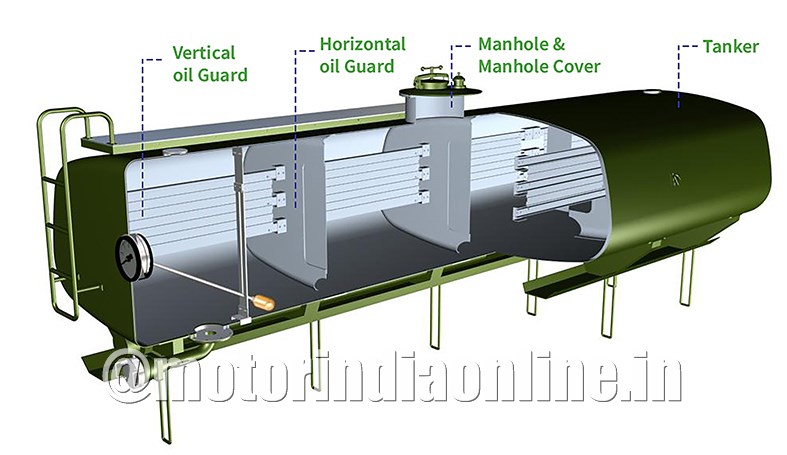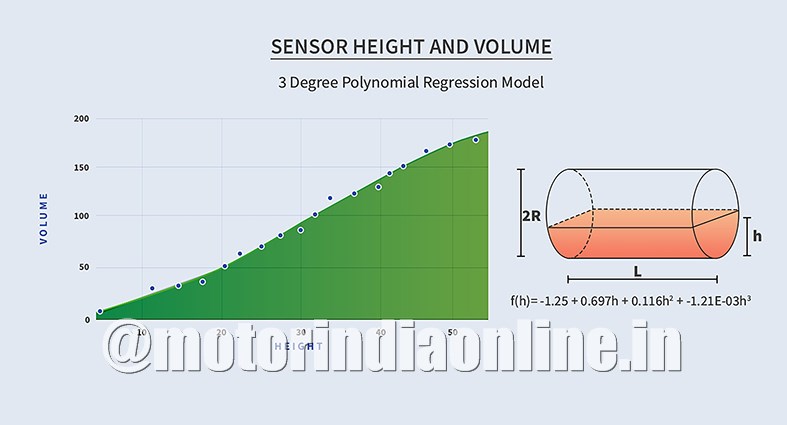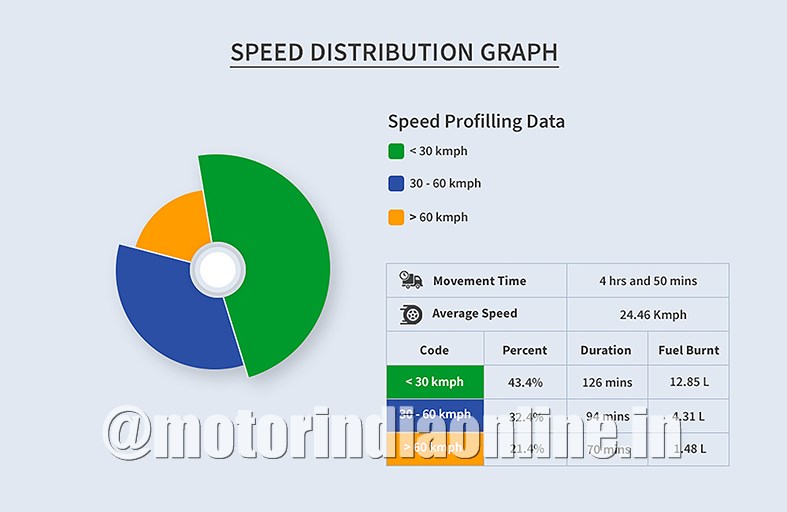Machine Learning in the telematics industry can have a significant impact on fleet management, showing the way to more detailed predictive analysis and add tremendous value to total cost of operation (TCO), fuel consumption management, vehicle safety and predictive maintenance in fleet operations. Shubham Chandra and Priyanka Lahiri of AssetTrackr share information on how their company uses this technology
Fleet management, asset tracking, field force automation are some of the leading application areas getting a lot of attention as businesses realise the value of being able to track their high-value assets, analyse historical data to derive insights, and optimise business processes for efficiency. Businesses are continuously generating gigabytes of location and other ancillary data which very often get summarised into simple reports. Machine Learning (ML) methodologies can help with developing predictive algorithms and fine-tune them as data is continuously applied against the models. Examples of some such insights are travel time prediction, tyre wear and tear, fuel consumption analytics, replacement of disk brakes, belts, etc. AssetTrackr has been collecting telematics data for over six years and amassed terabytes of information!
The data collected and analysed has helped many of our customers’ fine-tune vehicle routing to avoid congested areas, schedule travel to avoid peak traffic hours, etc. Besides monitoring, many customers have been able to optimise warehouse operations like loading and unloading to minimise wait times at the docks. A recent focus has been on addressing fuel consumption and optimisation. AssetTrackr offers a non-intrusive fuel sensor solution to customers. Besides being able to monitor fuel levels in trucks and preventing pilferage, data is collected and analysed to effectively predict current and future fuel consumption in optimising fuel economy for fleet managers. Apart from that, accuracy in fuel consumption report helps fleet managers keep a track of abnormal fuel consumption, giving them an insight into fraudulent activities or other factors.
What affects fuel consumption?
Fuel consumption of a vehicle depends on several internal factors such as distance, load, engine tuning, vehicle characteristics and driver behaviour, as well as external factors such as road conditions, traffic and weather. However, not all these factors may be measured or available for fuel consumption analysis. Hence, it’s a challenge to model fuel consumption with limited data while taking all other influences into consideration. This is where ML provides excellent value by studying and using various data and patterns to create highly accurate customised fuel consumption analysis.
What is Machine Learning?
Machine Learning is a field of computer science which gives the computer the ability to learn without being explicitly programmed. It is defined as the practice of using algorithms to extract data, learn from it, and then forecast future trends for that topic. It is closely related to the field of computational statistics where we build a mathematical model for data prediction. Building this model can be done either by supervised learning or unsupervised learning.
How AssetTrackr uses ML
AssetTrackr uses smart principles of Machine Learning to track, manage and analyse fuel consumption of your vehicle. Fuel tanks are generally irregular in shapes and projecting fuel level at any instance is difficult not just for these kinds but also for regular-shaped tanks. Also, inside the tank, often there are reinforcement rings, partitions, mechanical fuel level floats, etc., which makes it difficult to use a mathematical formula. AssetTrackr uses Machine Learning principles where the model is trained using supervised learning. During installation, we take calibration data in terms of fuel volume and sensor height.
Sometimes it is not feasible to do the calibration of the tank because of its large holding capacity. For those cases, we apply unsupervised learning where we start off with mathematical formula based on structural mechanics to calculate fuel and iteratively update the formula to reduce error over a period of 2-3 weeks until we get the desired accuracy. This process is carried out in unison with the customer where we require data related to refills and pilferage during those intervals.
We then use this data to train our model using regression with gradient descent (a process of reducing error from the model). Amongst various regression models, we choose the best model for your tank with minimum error percentage. Once the model is trained we do validation to check the correctness of the model. We have also studied the consumption pattern of the vehicle across segments and we currently classify vehicles in three categories:
- Low consumption, usually 4-tyre vehicles.
- Medium consumption, usually 6-10-tyre vehicles.
- Heavy consumption, usually 14-18-tyre vehicles.
Across these segments, we have studied the consumption rate and have successfully developed a smart mechanism to detect pilferage, refills and even abnormalities in fuel consumption during trips. Since our solution is customer-oriented we also provide in-depth analysis of mileage using speed profiling. We study the consumption versus speed pattern of a vehicle during a trip and categorise it into various speed categories along with the consumption rate. This gives us insights about how speed affects the consumption rate.


